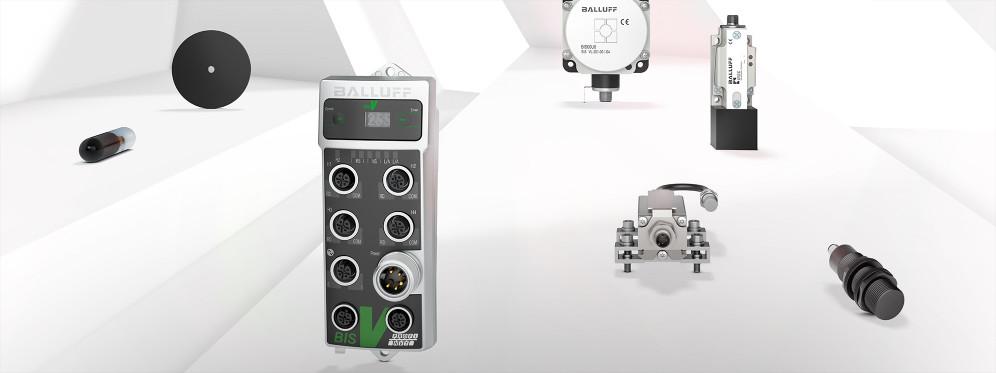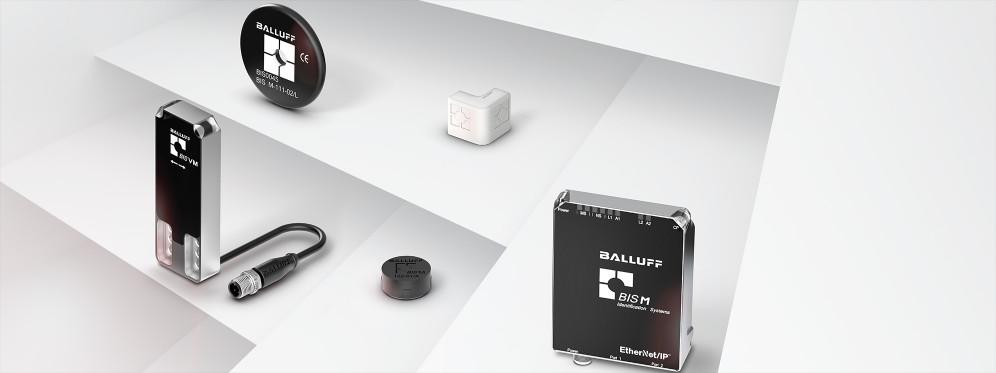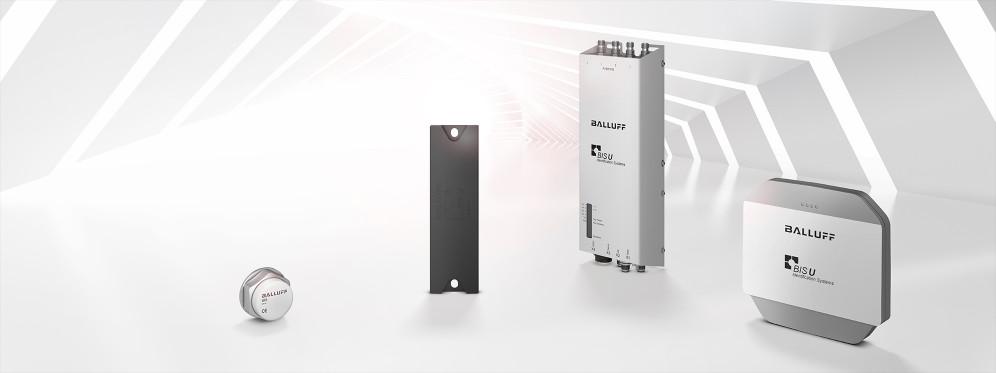RFID is key in auto identification technologies

In the course of the evolving digitalization, industrial companies automate more and more manual processes. Consequently, they transfer paper-based tasks in the field of identification to digital solutions. So, one important enabling technology is radio frequency identification (RFID). Since this technology is mature, many companies now trust on it in improve their efficiency. In fact, strong arguments for RFID technology are: By nature it is non contact and therefore wear-free. Plus, it’s maintenance-free and insensitive to dirt. So it’s worth to learn more about RFID basics.

After the decision to use RFID you need to understand some RFID basics. Moreover, they help you to navigate quickly to a best fit solution. So, starting with the required components is a good entry point. Basically RFID systems consist of three components:
Frequencies and what they are best for
In a next step it is beneficial to know that RFID runs on different frequencies. Important is that each of the frequencies has it’s advantages and disadvantages. Hence, in this article you learn about the RFID basic systems to compare them. And therefore you meet the challenge of picking the right system. Finally, knowing three frequency bands helps to navigate through the possibilities.

Low Frequency (LF)
LF systems are in the range of 30…300 kHz. It is best suited for close range and for difficult conditions such as metallic surroundings. Therefore, it fits perfectly in tool identification applications such as in machine tools. For example, also in livestock and animal tracking, companies use LF RFID. Additionally the semiconductor industry (front end) relies on this frequency (134kHz).

High Frequency (HF)
HF (high frequency, 3…30 MHz) is ideal for parts tracking at close range up to 400 mm. With HF you can process and store larger quantities of data. So, customers solve tracking and tracing tasks of workpieces in industrial applications. But also companies use it for production control. It comes along with high data transmission speeds. Accordingly, it accelerates identification processes.

Ultra High Frequency (UHF)
UHF (ultra high frequency, 300 MHz…3 GHz) solutions are widely used in intralogistics applications and typically communicate at a range of 6 m distance. Important is that it allows bulk reading of tags.

RFID basics – Components of the system
Equally important to the frequency bands knowlede are inisghts in the required components:

1. RFID tag (data carrier)
The data carrier stores all kind of information. This can be read and/or changed (write) by computers or automation systems. Read/write versions are available in various memory capacities and with various storage mechanisms.
– Passive data carriers: without power supply
– Active data carriers: with power supply
2. Read/Write head
The read/write head supplies the RFID tag with power and reads the data. In addition it can (if wanted) also write new data on it.
3. Processing unit
The processing units is used for signal processing and preparation. It typically includes an integrated interface for connecting to the controller or the PC system.
There are RFID onfigurators available that help you to select the right components:
Solve a wide range of applications
The myriads of applications can be clustered in different areas:
- Asset Management: It is used for asset management (e.g. tool identification on machine tools or mold management (on injection molding machines) in plastic processing companies),
- Traceability: traceability for work piece tracking in production
- Access control: For safety and security reasons, access to machine may be limited to instructed and authorized experts. RFID is an easy way to ensure that only the right people can access the machine and change parameters etc.
Free brochure about RFID basics and RFID configurator
In this free brochure you have all information you need in one place. So, ultimately it summarizes all RFID basics. Therefore it helps to navigate to the best fit solution to your application.

You want to get some more insights beyond RFID basics? Then our blog posts in the RFID category might support you. For example, they explain RFID applications in multiple industries.





